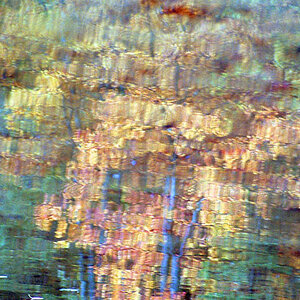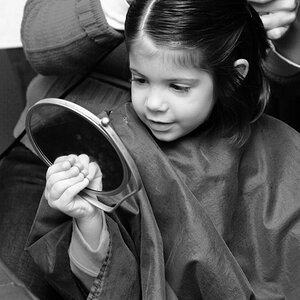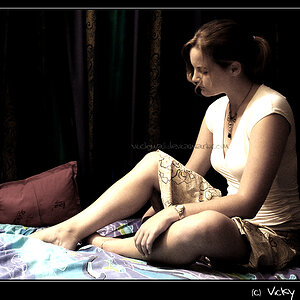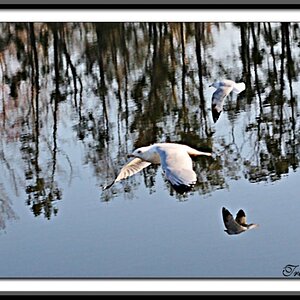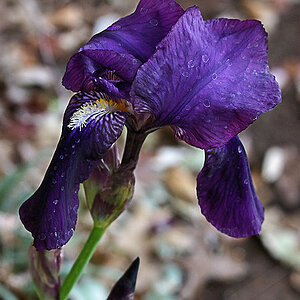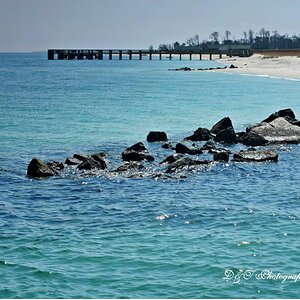burtharrris
TPF Noob!
I recently bought a digital photography book, and in the back it had a card with black, gray, and white on it. I read the chapter in the book about setting your photoshop Curves to the white black and gray colors, and I really like the results. It's a quick fix to make pictures much more lively.
The point is, I have an old gray card from back in my slide and B&W film days. But it's gray color is much darker. When I balance the image to the (dark) gray card, it doesnt have the same look; it's flatter and darker lighting. Is the old dark gray card obsolete for color digital photography?
Thanks!
(By the way, I HIGHLY recommend the book for its image processing techniques, it goes past the basics: The Photoshop Book for Digital Photographers by Scott Kelby)
The point is, I have an old gray card from back in my slide and B&W film days. But it's gray color is much darker. When I balance the image to the (dark) gray card, it doesnt have the same look; it's flatter and darker lighting. Is the old dark gray card obsolete for color digital photography?
Thanks!
(By the way, I HIGHLY recommend the book for its image processing techniques, it goes past the basics: The Photoshop Book for Digital Photographers by Scott Kelby)



